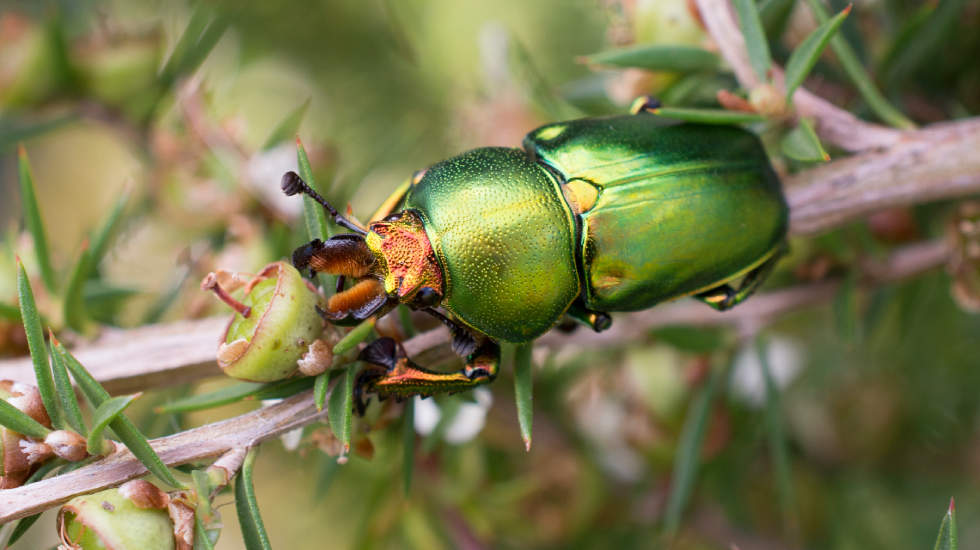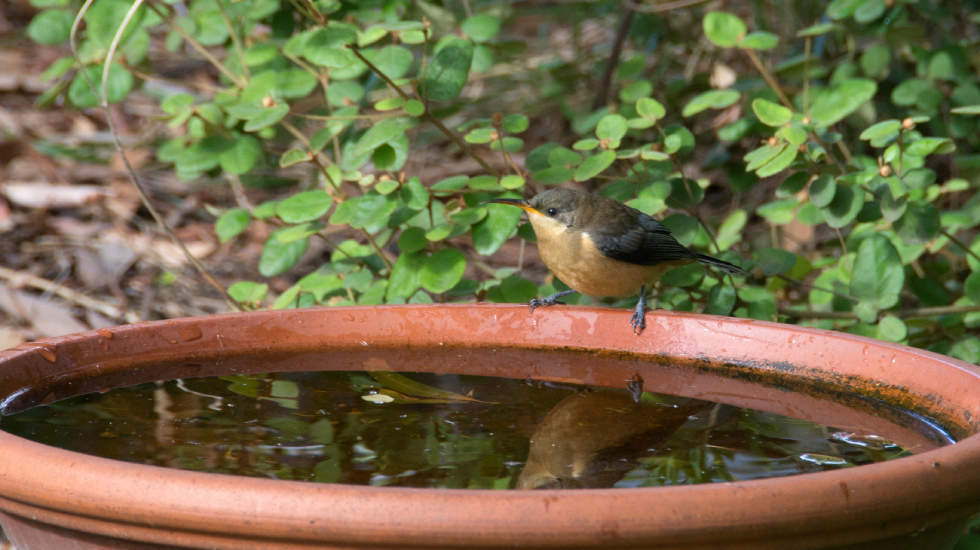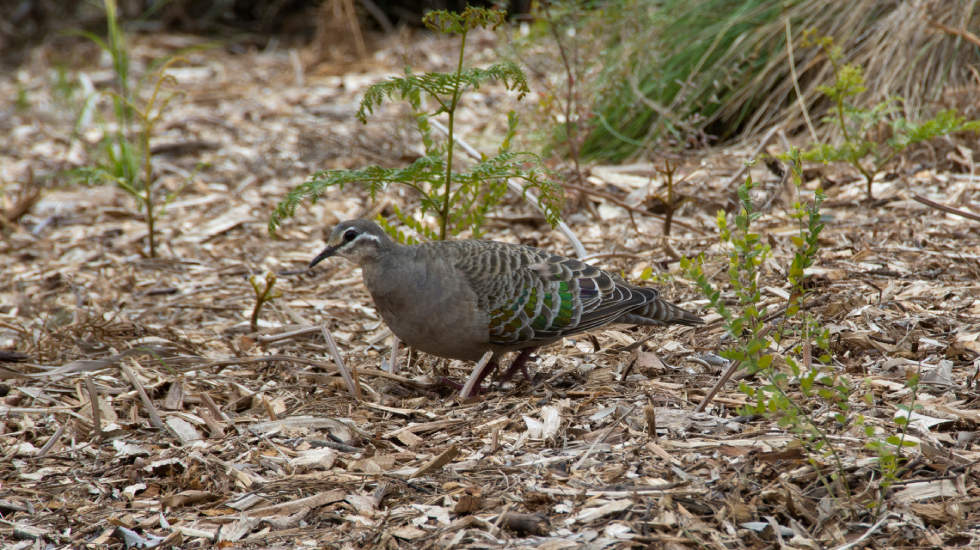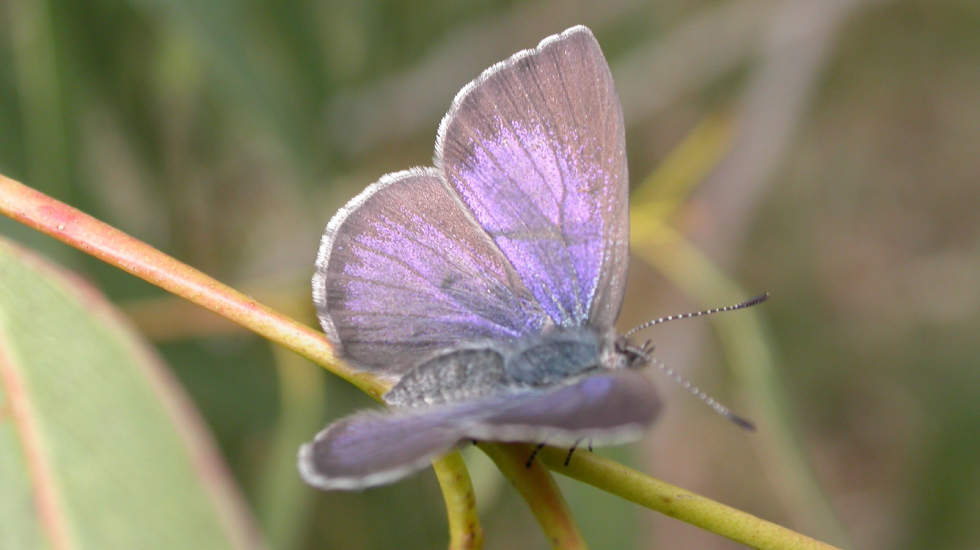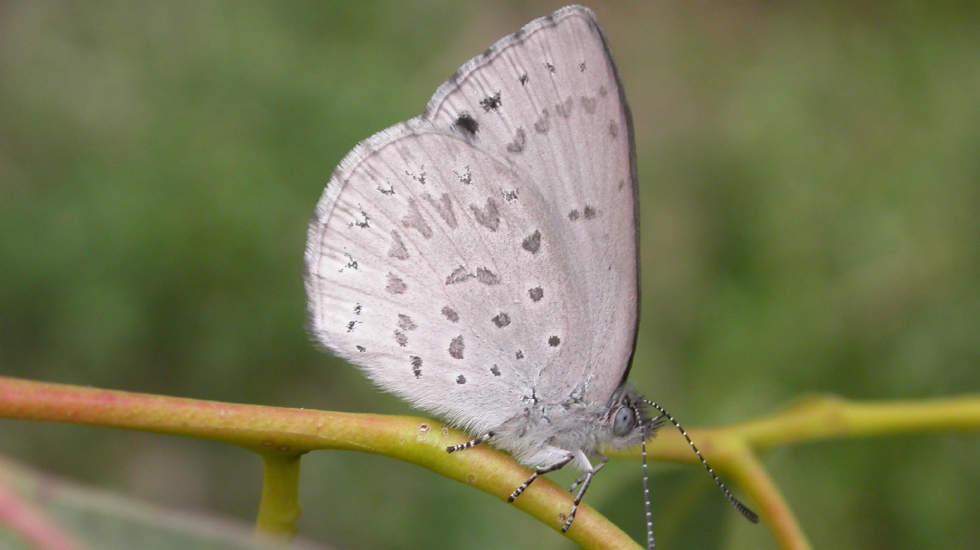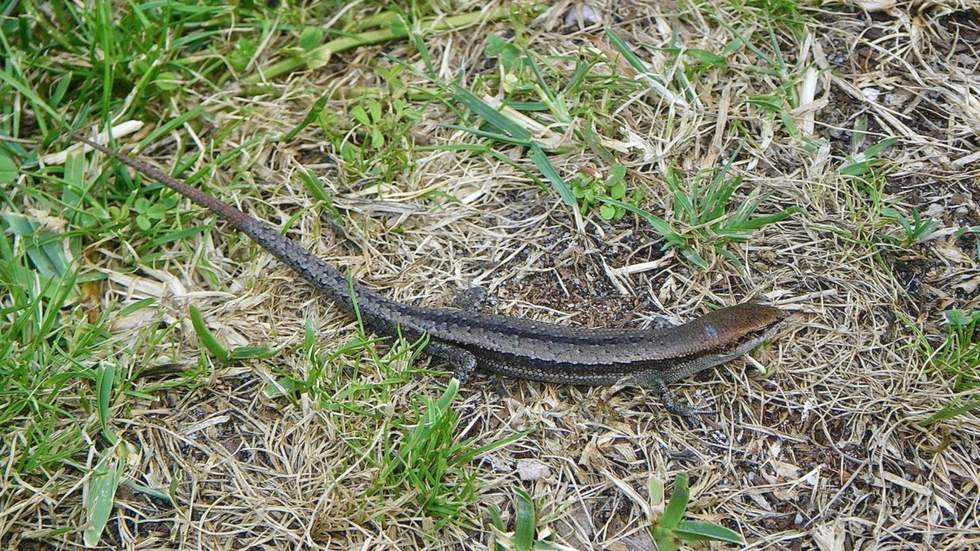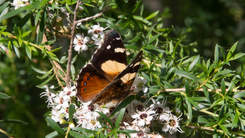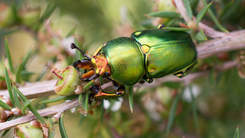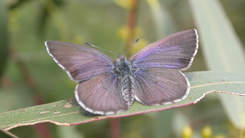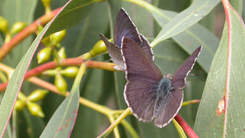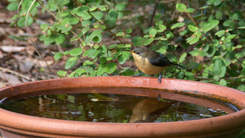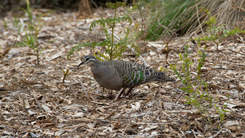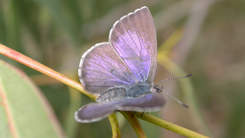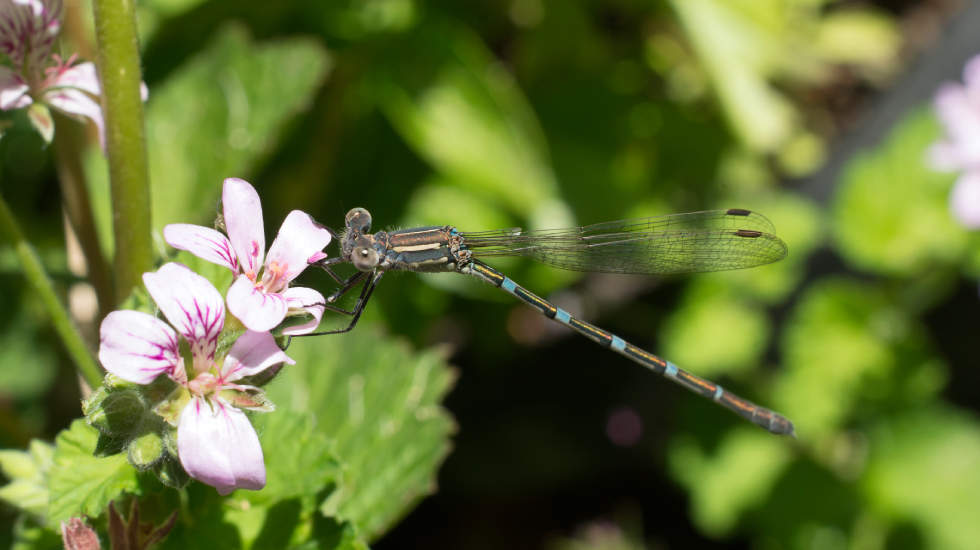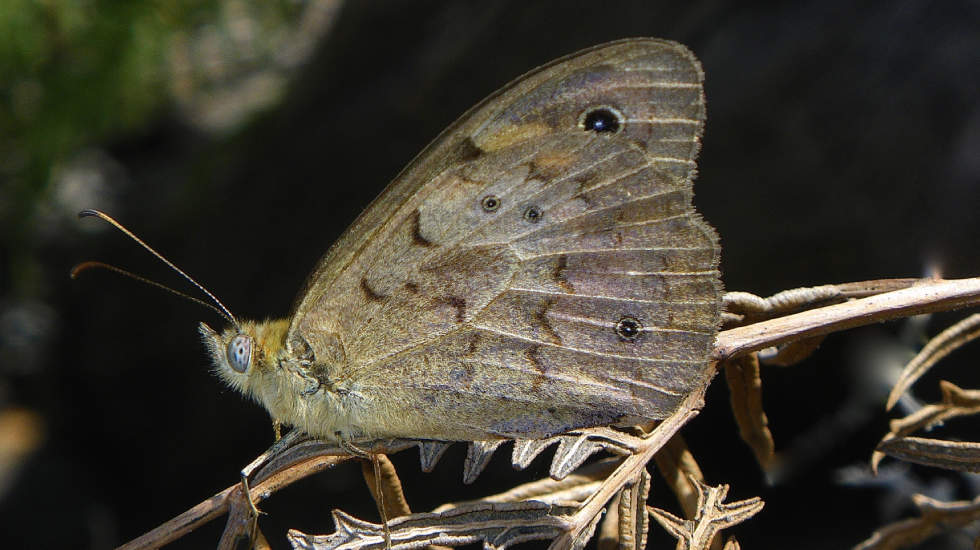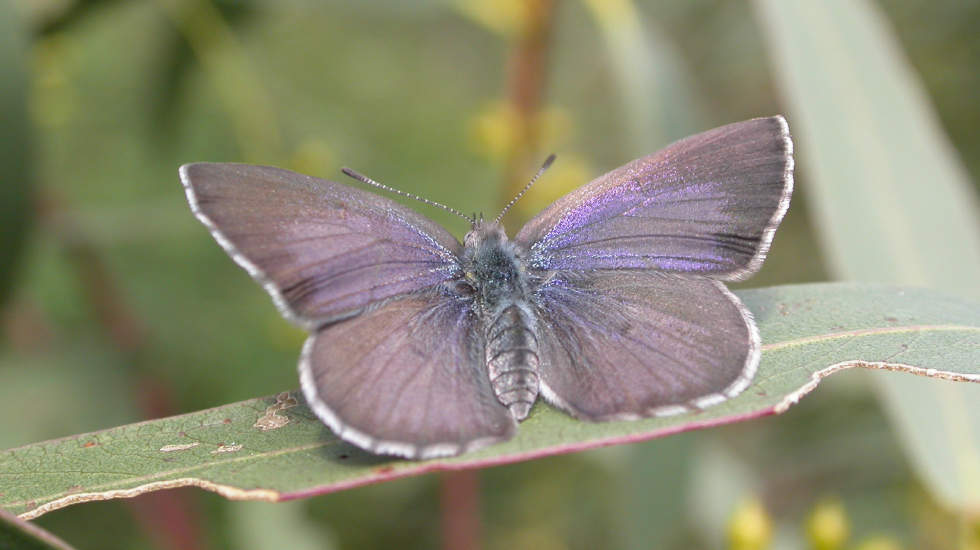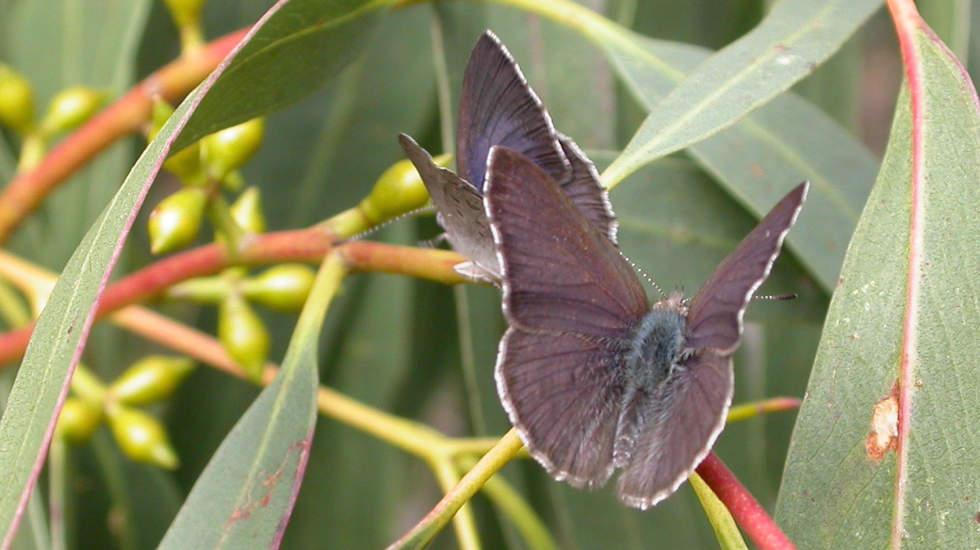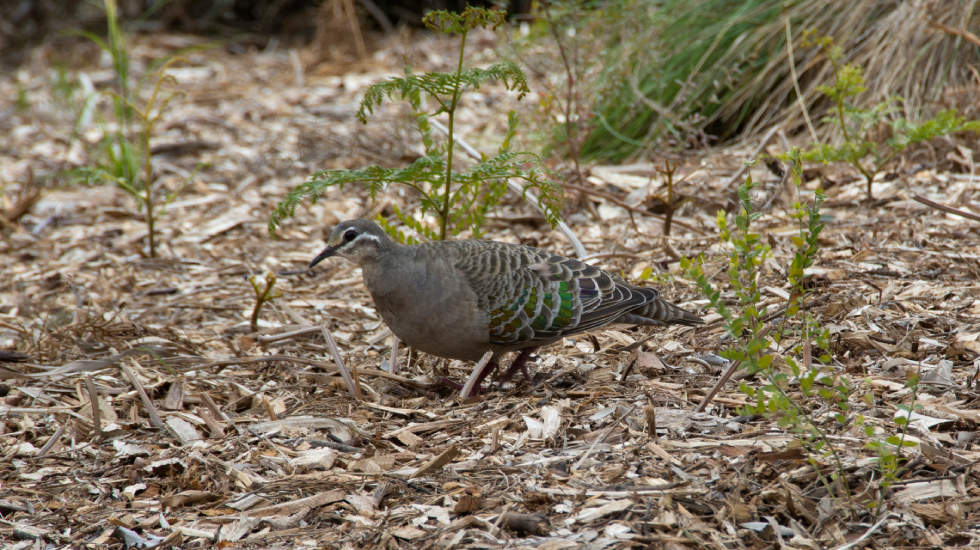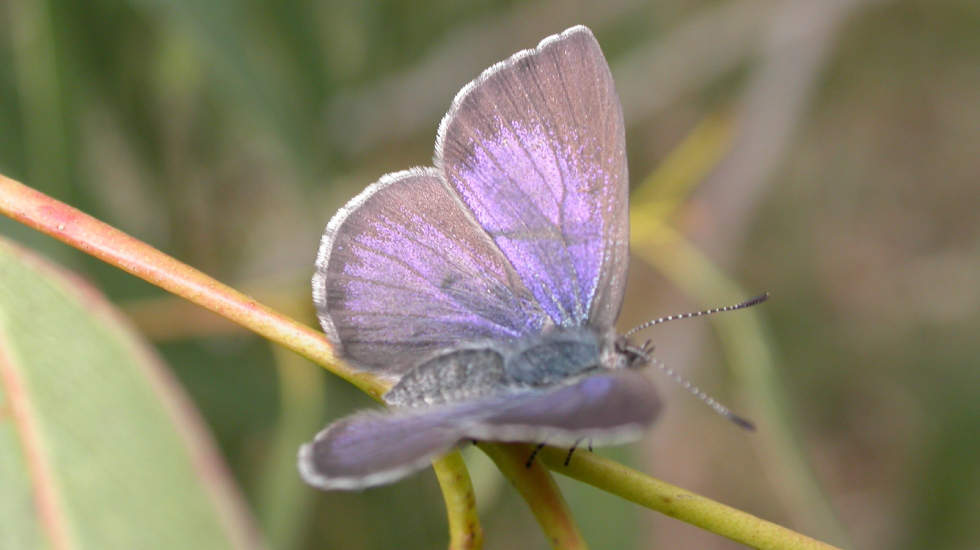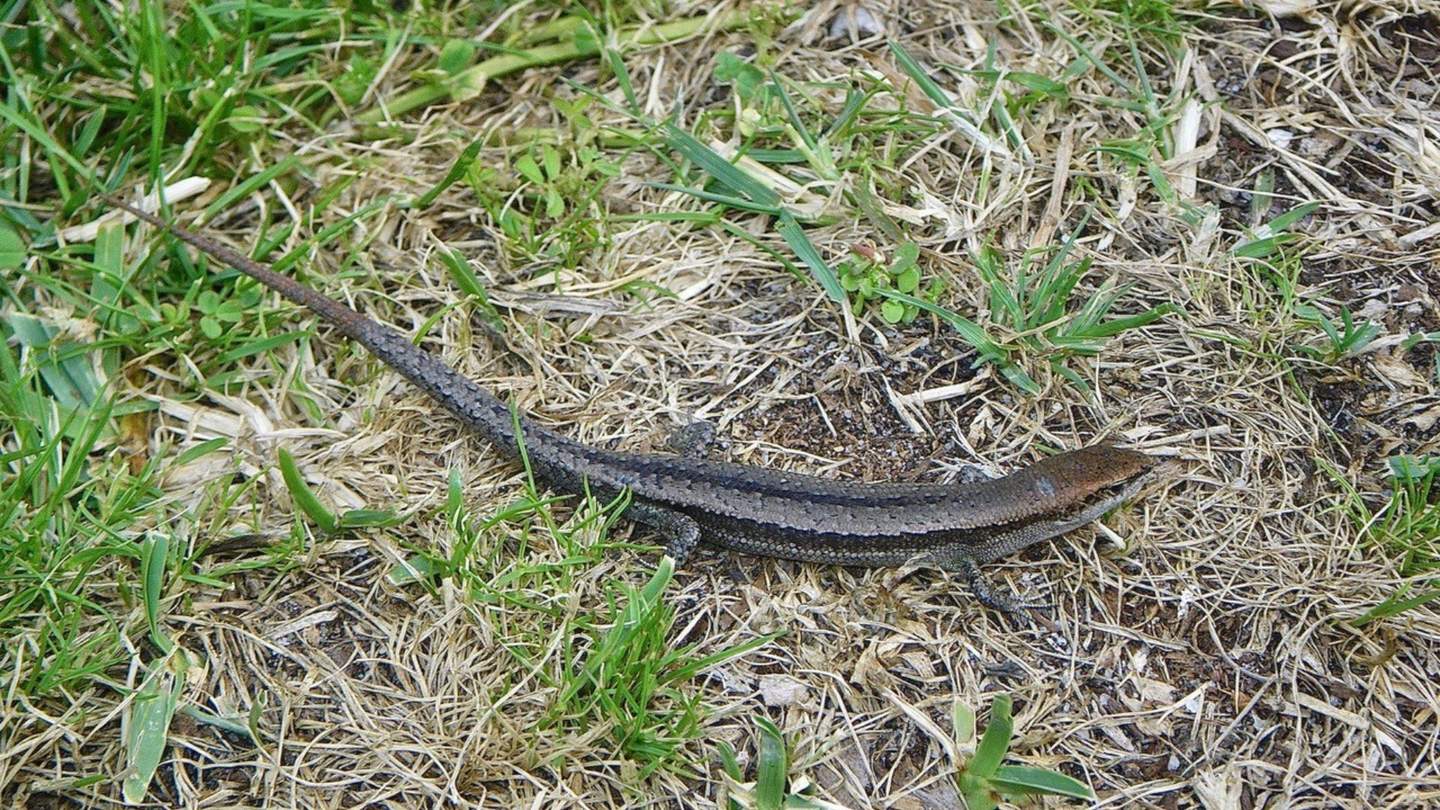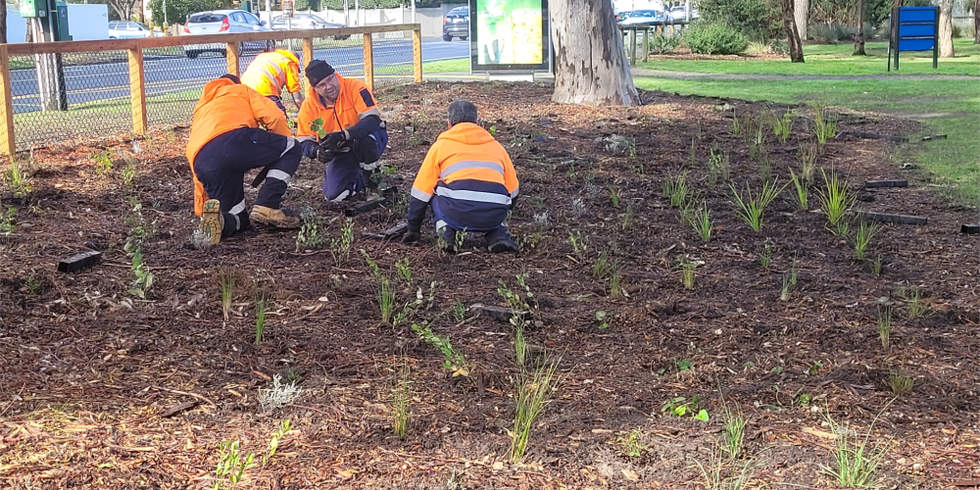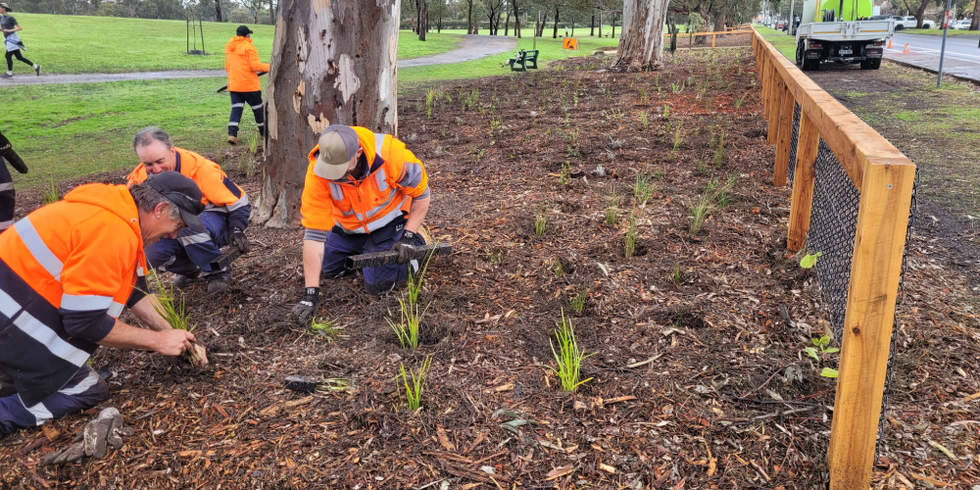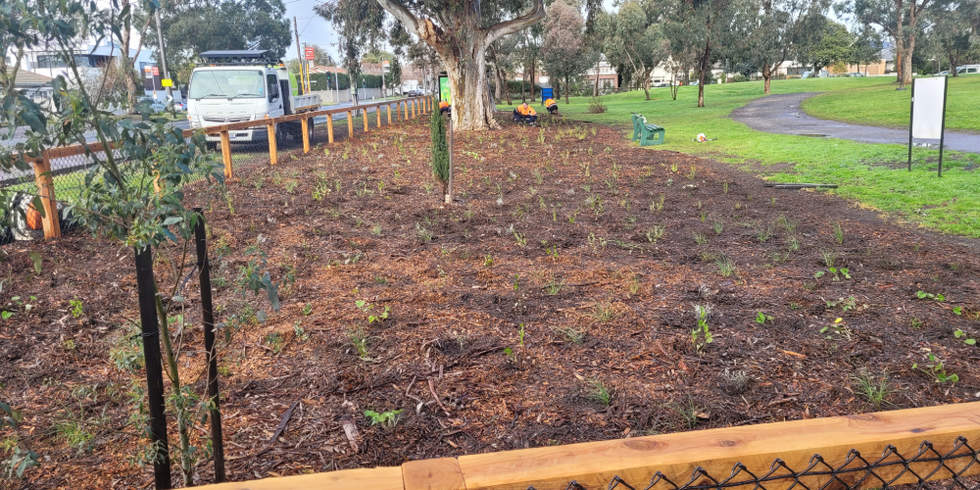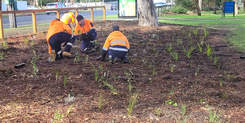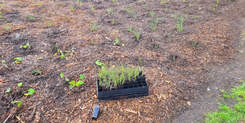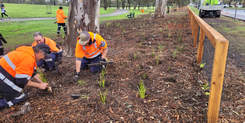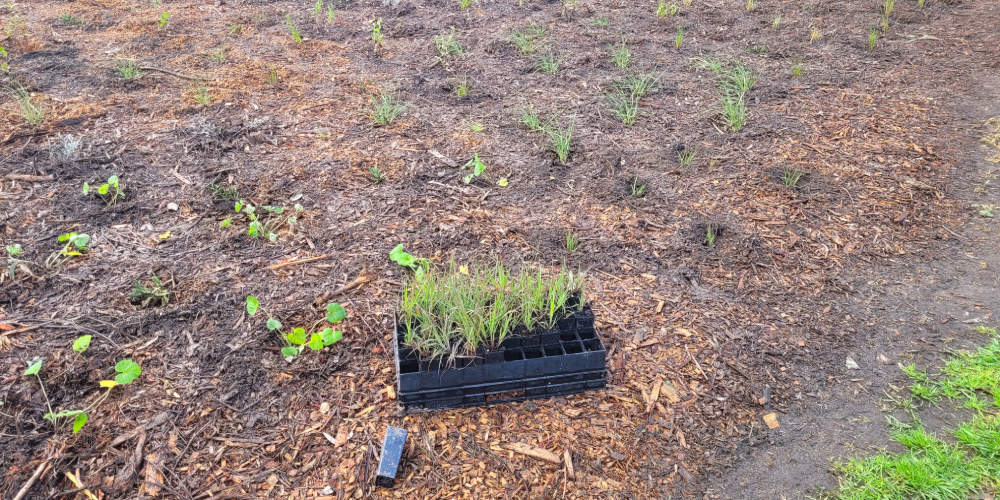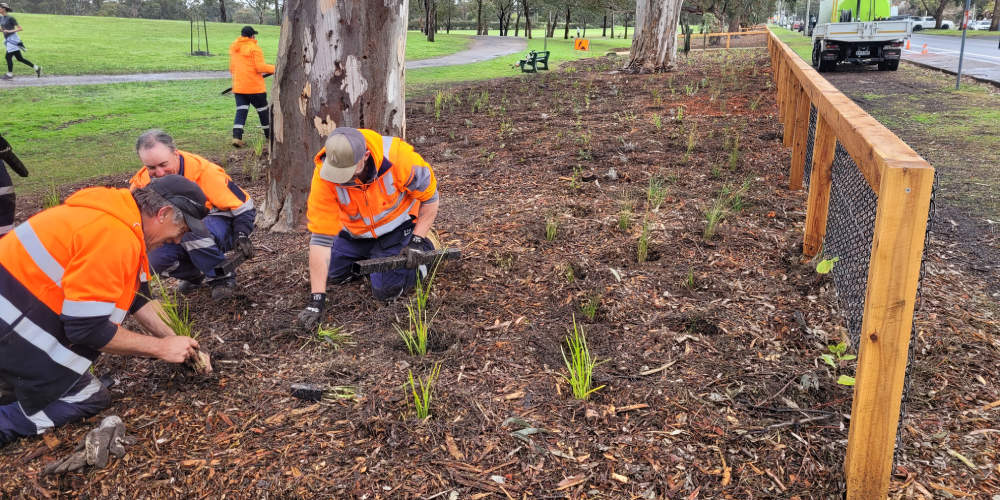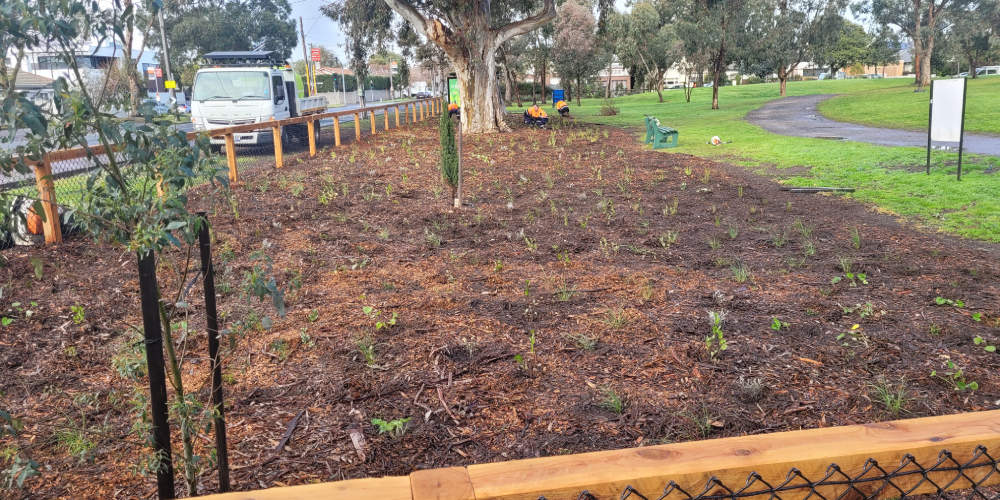Habitat Linkage Plan
Increasing biodiversity by strategically planting to increase flora and fauna.
We’re creating green corridors for local wildlife across Bayside as part of our habitat linkage plan.
The Bayside Park Improvement and Habitat Linkage Plan * was adopted by Council on 28 June 2022 and aims to increase the diversity of indigenous plantings in Council-owned open space outside the conservation reserve system.
The plan has identified locations across the municipality where further planting of indigenous vegetation can be undertaken to improve and strengthen biodiversity in Bayside.
These images appear larger in the gallery box
How will this be achieved?
We’ll be restoring indigenous vegetation structure to create and enhance habitat in identified wildlife corridors. We will do this by planting a variety of ground covers and low shrubby mid-storey species.
Existing trees, including hollow-bearing dead trees, will be assessed and where appropriate, retained for habitat value as part of this project.
As part of these works, you will see grass removed in identified areas to make way for plantings.
This replanting project with transform existing open space to restore habitat for native fauna, including smaller birds, butterflies and insects, small lizards and skinks, and other local species.
These images appear larger in the gallery box
Habitat trees in Bayside
Council has been retaining declining and dead hollow-bearing trees for habitat to protect and maintain wildlife in our urban environment where possible.
The trunks of mature trees with poor structures, and dead trees, often bear natural hollows that are home to many birds, mammals and reptiles.
We already starting to see local wildlife using the repurposed hollows.
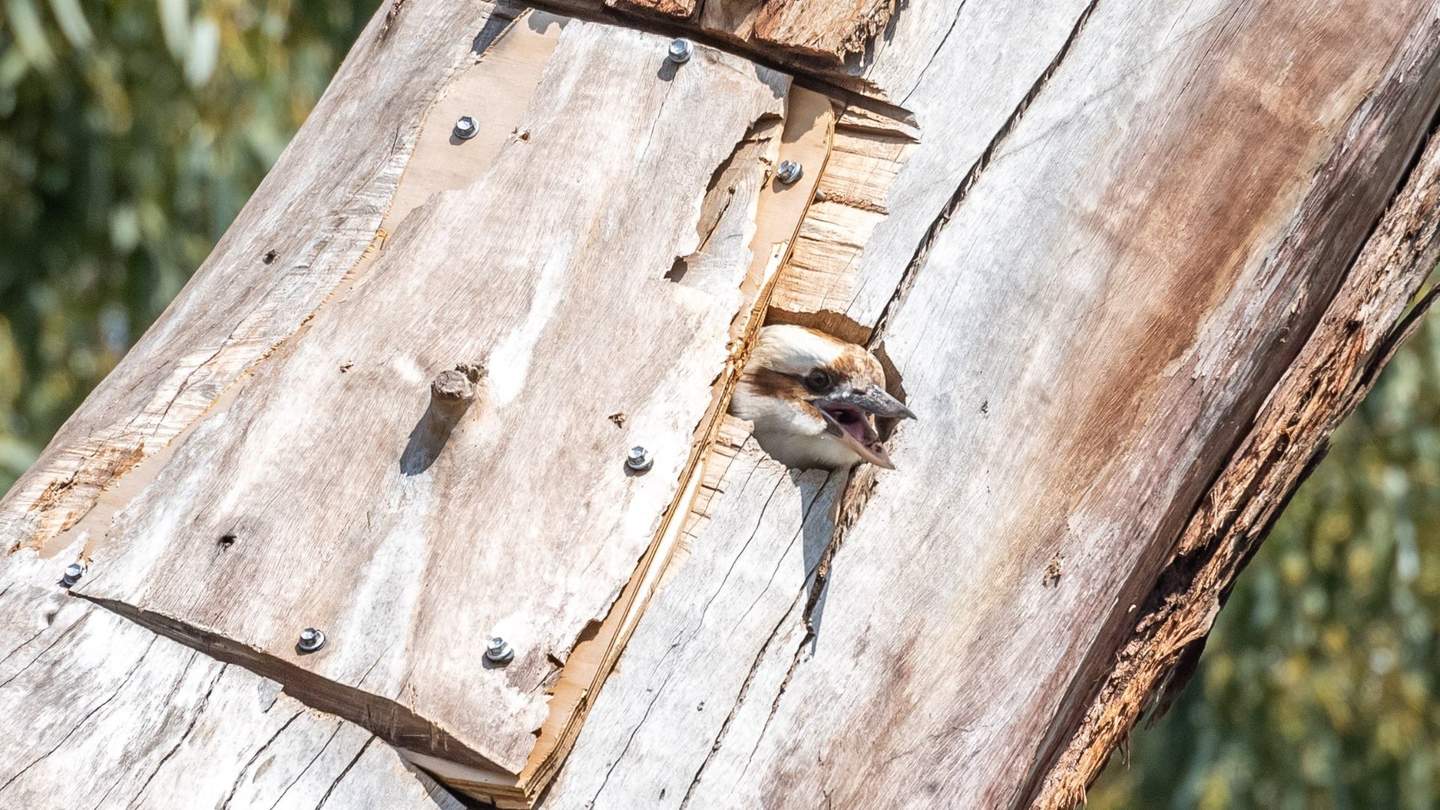
How is a tree selected as a suitable habitat tree?
Depending on the tree location, it is sometimes possible to retain the hollow-bearing trunk and reduce the risk of branch failure by heavy pruning.
For dead and living trees, the branch stubs are coronet cut to mimic natural failures, creating a natural aesthetic.
For living trees, the regrowth (epicormic) is managed by thinning and pruning to restore a living canopy.
To enhance the habitat value of the retained trunks even further, chain-saw carved hollows may be installed.
These mimic natural tree hollows in their dimensions and thermal properties.
Many large mature trees are disappearing from the urban environment.
Council will inspect mature trees that may be poor in structure but otherwise fair condition, and consider them for major works or removal as they are potential habitat trees.
What methodology is used to determine suitability for habitat?
Council’s arborists inspect the tree for possible retention as habitat trees.
Suitability may depend on location, natural habitat (hollows), tree species longevity and the potential to provide linkage between nearby reserve or parks.
To ensure that habitat trees remain viable for long term retention, Council has developed a Method for Assessment of Tree Habitat Status (MATHS).
This requires a full tree aerial inspection by an experienced arborist and an ecologist.
The arborist assesses the tree for viability for long term retention using an industry approved risk assessment method.
The ecologist inspects the tree to identify existing habitable hollows and/or limbs that can support chain-saw carved hollows for mammals, microbats or birds.
Remediating a tree for habitat may involve significant pruning and on-going monitoring and maintenance.
Recommended pruning works can stimulate a burst of epicormics growth, which will need to be managed for a minimum of three years after initial pruning to encourage good branch attachment.
Animals that rely on tree hollows in Bayside
Many native species rely on tree hollows, including
- Rainbow Lorikeets
- Galahs
- Sulphur Crested Cockatoos
- Kookaburras
- Powerful Owls
- Australian Wood Ducks
- Brushtailed Possums
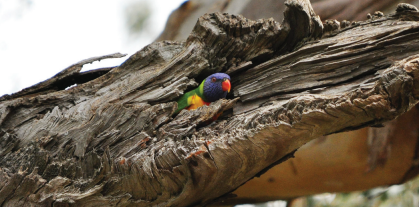
A Rainbow Lorikeet enjoying their new habitable hollow that a Council arborist has created by remediating a mature tree.
Biodiversity in Bayside
The 3 links below provide more information about biodiversity in Bayside and how we are improving the conditions of our natural environment, strengthening habitat connectivity and improving the ecological functions of our open spaces.
* At times, Bayside City Council may be required to publish documents from third parties that may not adhere to accessibility standards. These may include:
- PDF publications
- Third party publications like plans, drawings, studies, assessments and reports
- Archived or historical information
Where possible, we can provide a Word document or text-based version of a PDF. If we are unable to supply a text-based version of the requested document, we will let you know.
If you require accessible versions of any material on Bayside City Council's website, please contact communications@bayside.vic.gov.au.


